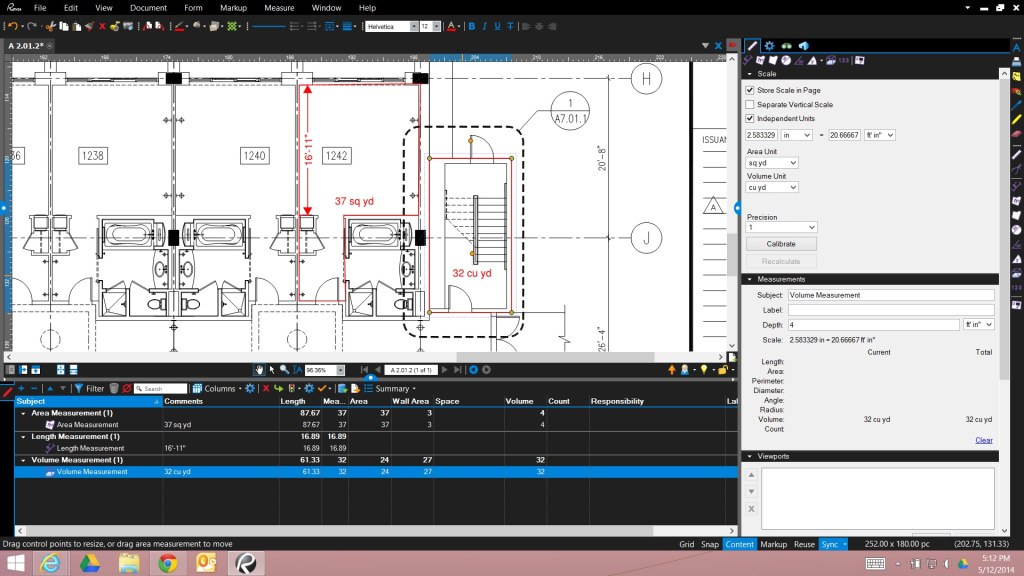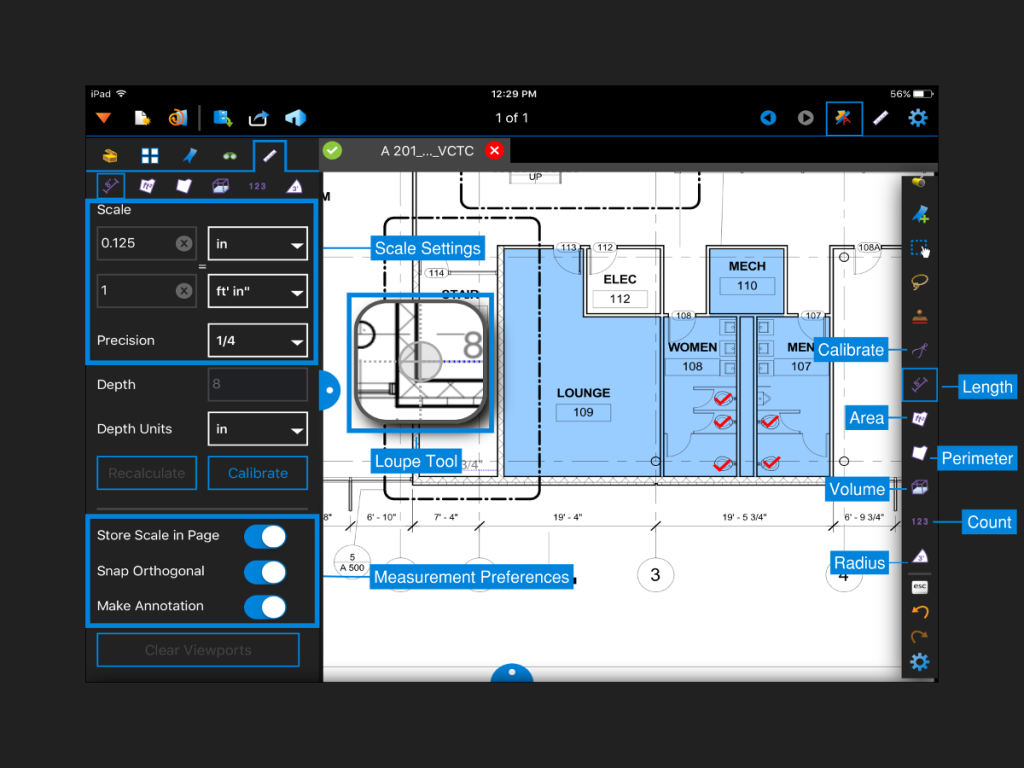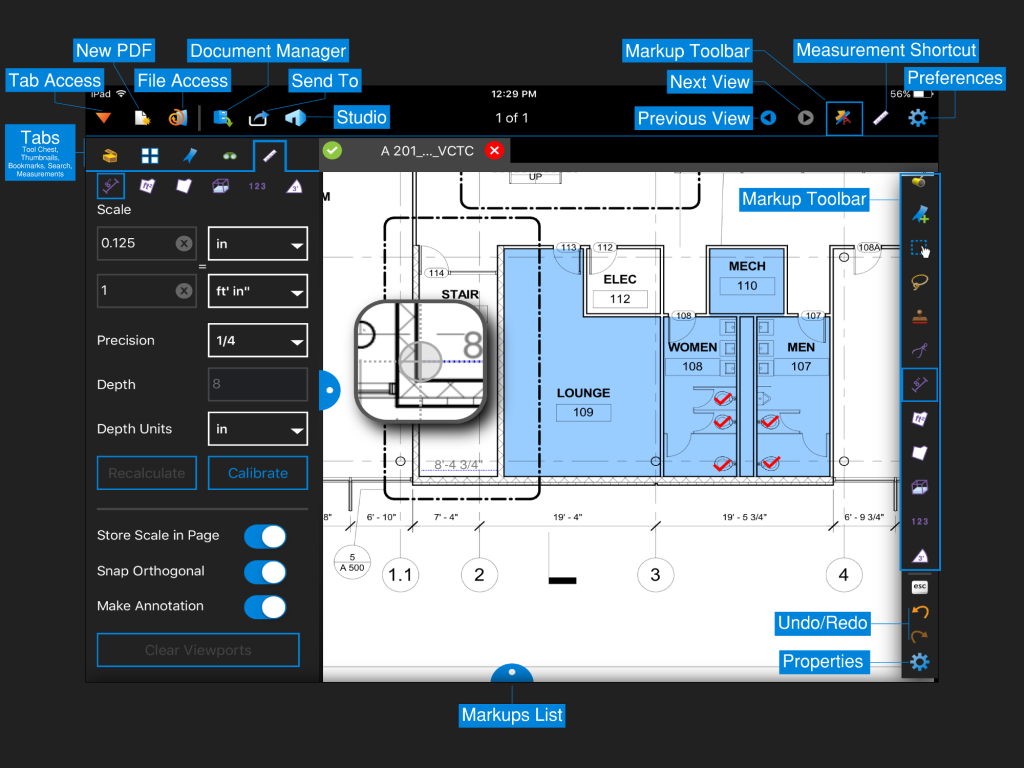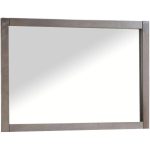Unlock Your Potential With Mirror In Bluebeam: Experience The Ultimate Click To Action Solution
Mirror in Bluebeam: Enhancing Collaboration and Productivity
Greetings, Readers!
Welcome to our article discussing the benefits and functionality of the mirror feature in Bluebeam, a popular software used for digital documentation and collaboration in the construction industry. In this article, we will delve into the various aspects of mirror in Bluebeam, its advantages and disadvantages, and provide you with a comprehensive understanding of its uses and impact on project workflows.
3 Picture Gallery: Unlock Your Potential With Mirror In Bluebeam: Experience The Ultimate Click To Action Solution



Introduction
The mirror feature in Bluebeam serves as a valuable tool for architects, engineers, and construction professionals. It allows users to mirror drawings, sketches, and documents horizontally or vertically, enabling quick and efficient modifications without the need for manual redrawn, reducing rework and saving valuable time.
With the mirror feature, users can flip a selected portion or an entire document, creating a mirrored copy that retains all the annotations, measurements, and markups. This capability significantly improves collaboration and productivity, making it an essential tool in the digital era of construction.
What is Mirror in Bluebeam?

Image Source: hagenbusiness.com
The mirror tool in Bluebeam is a functionality that enables users to create a symmetrical copy of drawings, plans, and other documents. It flips the selected content either horizontally or vertically, allowing for easy modifications and adjustments. This feature is particularly useful when dealing with detailed designs or complex layouts that require precise mirroring.
Who Can Benefit from Mirror in Bluebeam?
Mirror in Bluebeam is highly beneficial for professionals in the architecture, engineering, and construction industries. Architects can use it to quickly modify floor plans or building elevations, engineers can mirror structural designs to ensure even load distribution, and contractors can utilize it to replicate accurate measurements and annotations across mirrored sections of a project.
When to Use Mirror in Bluebeam?
The mirror feature in Bluebeam can be utilized at various stages of a project. It proves particularly useful during the design phase when making symmetrical modifications, such as mirroring windows, doors, or other architectural elements. Additionally, during the construction phase, it aids in replicating accurate measurements and annotations across mirrored areas.
Where Can Mirror in Bluebeam be Applied?
Mirror in Bluebeam can be applied in a wide range of construction projects, including residential, commercial, and industrial. It is applicable to any task that requires symmetrical modifications, such as mirroring foundations, floor plans, electrical layouts, and mechanical systems. The versatility of the mirror feature makes it an indispensable tool in the field of construction.
Why is Mirror in Bluebeam Important?

Image Source: bluebeam.com
The mirror feature in Bluebeam offers several important benefits. Firstly, it eliminates the need for manual redraws, saving valuable time and reducing the chance of errors. Secondly, it ensures symmetrical accuracy, enabling smooth collaboration between multiple project stakeholders. Lastly, the mirror function enhances productivity by allowing quick modifications to project documents, resulting in improved efficiency and project outcomes.
How to Use Mirror in Bluebeam?
Using the mirror feature in Bluebeam is straightforward. Simply select the content you wish to mirror, choose the desired axis (horizontal or vertical), and apply the mirror command. The software will generate a mirrored copy of the selected content, ready for further modifications or analysis. Detailed instructions and tutorials are available in the Bluebeam support documentation to assist users in utilizing this powerful feature.
Advantages and Disadvantages of Mirror in Bluebeam
Advantages of Mirror in Bluebeam
1️⃣ Enhanced Collaboration: The mirror feature in Bluebeam enables seamless collaboration between project team members by facilitating accurate mirroring of project documents.

Image Source: bluebeam.com
2️⃣ Time Efficiency: By eliminating manual redraws, the mirror function saves significant time, allowing professionals to focus on other critical aspects of their work.
3️⃣ Symmetrical Accuracy: The mirror tool ensures precise symmetrical modifications, maintaining design integrity and reducing errors.
4️⃣ Productivity Boost: With the ability to make quick modifications, professionals can enhance productivity and streamline project workflows.
5️⃣ Versatility: Mirror in Bluebeam can be applied to various types of drawings and documents, making it suitable for a wide range of construction projects.
Disadvantages of Mirror in Bluebeam
1️⃣ Learning Curve: Like any software feature, the mirror tool in Bluebeam may require some time to learn and master.
2️⃣ Software Limitations: Depending on the complexity of the content being mirrored, certain limitations in the software may arise, requiring additional workarounds.
3️⃣ Compatibility Issues: There may be compatibility issues when sharing mirrored documents with stakeholders who do not have Bluebeam or a compatible software.
4️⃣ Potential Errors: Inaccurate or improper use of the mirror feature can result in errors that may impact the overall project.
5️⃣ Overdependence on Technology: Relying solely on the mirror function may lead to a lack of attention to manual checks and verifications, potentially overlooking critical details.
Frequently Asked Questions (FAQs)
1. Can I mirror multiple pages at once in Bluebeam?
Yes, Bluebeam allows users to mirror multiple pages simultaneously. Simply select the desired pages and apply the mirror command to create mirrored copies for all of them.
2. Can I mirror only a specific part of a document in Bluebeam?
Indeed, Bluebeam provides the option to mirror a specific part of a document. Users can select the desired content using the markup tools and apply the mirror command to the selected area.
3. Is it possible to undo a mirror action in Bluebeam?
Yes, Bluebeam offers an undo function that allows users to reverse a mirror action. The undo command can be found in the Edit menu or by using the shortcut Ctrl + Z.
4. Can I mirror text and annotations in Bluebeam?
Absolutely, Bluebeam’s mirror function preserves all annotations, measurements, and markups when creating a mirrored copy. This ensures that text and annotations are accurately mirrored, maintaining clarity and reference.
5. Does mirror in Bluebeam affect the original document?
No, the mirror feature in Bluebeam creates a mirrored copy while preserving the original document. Any modifications made to the mirrored copy do not impact the original, allowing users to experiment and make changes without the fear of irreversible modifications.
Conclusion
In conclusion, the mirror feature in Bluebeam proves to be an invaluable tool for professionals in the construction industry. Its ability to create mirrored copies of drawings and documents with accuracy and efficiency enhances collaboration, saves time, and improves project outcomes. However, it is important to be aware of the potential disadvantages and to utilize the feature judiciously to avoid errors or dependencies on technology. By utilizing mirror in Bluebeam effectively, construction professionals can streamline their workflows and elevate their productivity to new heights.
Thank you for joining us on this informative journey about mirror in Bluebeam. We hope this article has provided you with a comprehensive understanding of the feature’s functionalities and benefits. Now, it’s time for you to explore and leverage the mirror tool in Bluebeam for your own projects. Happy mirroring!
Disclaimer: The information provided in this article is based on our research and understanding of the topic. Bluebeam functionality and features may be subject to updates and changes. We recommend consulting the official Bluebeam documentation for the latest information and instructions.
This post topic: Mirror

